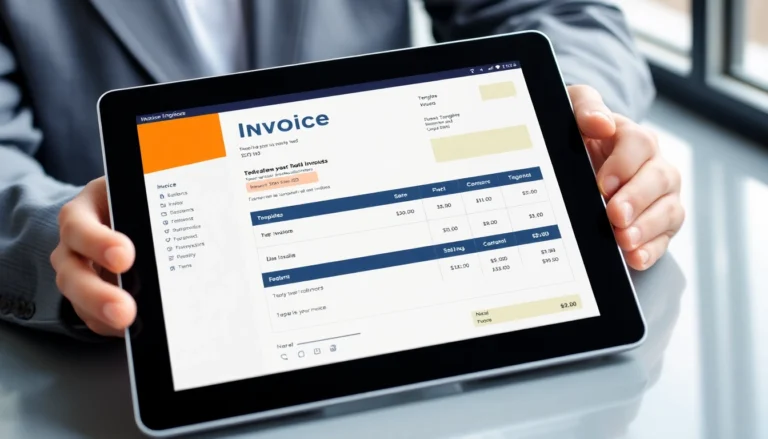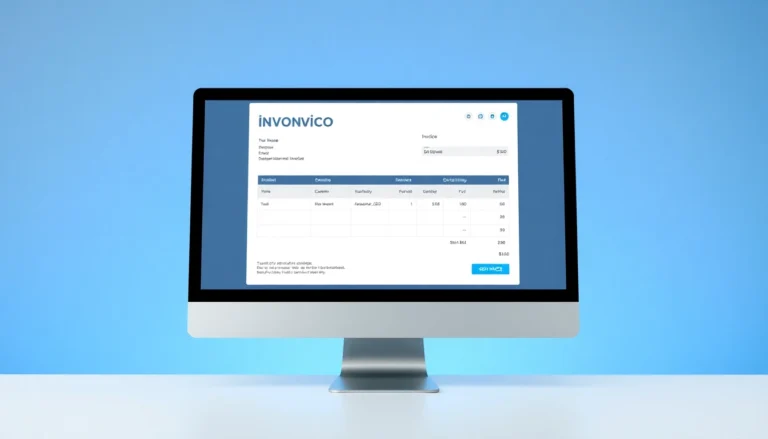Understanding the Core of Employee Group Benefits in Canada
In Canada’s competitive employment landscape, offering comprehensive employee group benefits is no longer just an option—it’s a strategic imperative. A well-structured benefits plan can significantly impact employee retention, boost morale, and enhance productivity. For organizations aiming to stay ahead, understanding what employee group benefits encompass and why they are vital is the foundation of building a successful workforce strategy. Such plans typically include health and dental coverage, retirement options, life insurance, and wellness programs. These benefits support not only the physical health of employees but also their financial security and overall wellbeing.
In the age of evolving workplace expectations, staying aligned with current trends is crucial. Modern benefits packages increasingly incorporate mental health support, flexible work arrangements, and non-traditional perks. Companies that effectively align their benefits with both business goals and employee needs lay the groundwork for a healthier, more engaged workforce. To explore tailored solutions that fit your specific business context, visit our dedicated employee group benefits page for expert guidance.
What Employee Group Benefits Include and Why They Matter
Employee group benefits traditionally include health, dental, vision, and life insurance. However, today’s benefits extend far beyond basic offerings. They encompass wellness spending accounts, mental health support, flexible work arrangements, and retirement savings plans. These perks foster loyalty, attract top talent, and demonstrate an employer’s commitment to employee wellbeing. For example, a robust health plan reduces absenteeism and promotes a more resilient workforce, which directly correlates with improved business performance.
Moreover, benefits influence the company’s reputation as an employer of choice. Organizations that invest in comprehensive benefits programs often see lower turnover rates, higher employee engagement, and greater job satisfaction. According to recent studies, companies that prioritize employee health and benefits see productivity increases of up to 21%, underscoring the tangible business advantages of investing in employee benefits.
Key Trends Shaping Benefits Packages Today
Several key trends are transforming the landscape of employee benefits in Canada:
- Personalization and Flexibility: Employees demand benefits tailored to their individual circumstances, such as flexible spending accounts or wellness stipends.
- Mental Health and Wellbeing: Mental health support, including counseling services and stress management resources, is now a top priority.
- Non-Traditional Perks: Offerings like student loan assistance, telehealth services, and work-from-home stipends are gaining popularity.
- Integration of Technology: Digital platforms facilitate seamless benefits administration and communication, improving participant engagement.
Organizations adopting these trends position themselves as progressive employers, capable of attracting and retaining the best talent in a competitive market.
Aligning Benefits With Business Goals and Employee Needs
To maximize the effectiveness of your benefits plan, alignment with broader business objectives and understanding employee priorities are essential. Start by conducting comprehensive needs assessments through surveys and focus groups. This data helps tailor benefits that support key organizational priorities such as productivity, employee satisfaction, or talent acquisition.
For instance, a tech startup may prioritize flexible work arrangements and mental health resources to foster innovation and reduce burnout. Conversely, an manufacturing firm might focus on health and safety benefits, including comprehensive occupational health programs. Customization not only increases employees’ perceived value of their benefits but also aligns workforce wellbeing with long-term corporate strategies.
Designing Customized Employee Group Benefit Plans
Assessing Your Team’s Unique Requirements
The first step in designing effective benefits plans is understanding the specific needs of your workforce. Demographic data such as age, family status, and health profiles inform decisions about coverage options. For example, younger employees may value student loan or fitness stipends, while older staff might prioritize retirement and health coverage.
Utilize surveys, exit interviews, and engagement metrics to gather actionable insights. In addition, solicit direct feedback to identify gaps in current offerings, ensuring your plan remains relevant and appealing.
Balancing Cost, Coverage, and Flexibility
Balancing financial constraints with comprehensive coverage is vital. Consider implementing tiered plans that offer core benefits supplemented by optional extras, allowing employees to choose according to their needs. Strategic use of Spending Accounts can provide flexibility without escalating costs, empowering employees to allocate benefits where they need them most.
Employing cost-sharing models—such as employee premium contributions—can also help manage expenses while maintaining attractive benefit offerings. Regularly reviewing utilization data ensures plans remain cost-effective, enabling adjustments based on evolving needs and financial performance.
Implementing Seamless Integration and Communication Strategies
Effective communication is critical for the success of any benefits plan. Use digital portals and mobile apps to streamline enrollment, updates, and claims processing. Educate employees continuously through workshops, digital newsletters, and personalized consultations.
Clear messaging about the value and use of benefits encourages engagement and maximizes participation. Incorporating feedback loops helps to fine-tune communication methods, ensuring employees are well-informed and satisfied with their benefits package.
Innovative and Non-Traditional Benefits Employees Appreciate
Emerging Benefits Like Wellness Spending Accounts and Flex Options
Innovative benefits like Wellness Spending Accounts allow employees to invest in their health proactively—covering gym memberships, mental health apps, nutrition programs, and more. These options promote a culture of wellbeing and personal responsibility.
Benefits Supporting Mental Health and Work-Life Balance
Mental health initiatives, including Employee Assistance Programs (EAPs), teletherapy, and mindfulness workshops, are now an essential part of modern benefits packages. These supports reduce stigma and help employees manage stress, anxiety, and other mental health issues more effectively.
Case Studies of Successful Customization
For example, a mid-sized manufacturing company introduced a flexible benefits plan that included mental health resources and wellness stipends. Within a year, their employee satisfaction scores increased by 15%, turnover decreased, and absenteeism dropped by 10%. Customized solutions, aligned with employee preferences, deliver measurable impacts and strengthen organizational resilience.
Measuring Effectiveness and Adapting Your Benefits Plan
Tracking Employee Satisfaction and Engagement Metrics
Regular surveys, utilization reports, and feedback mechanisms gauge how well your benefits meet employee needs. High participation rates and positive feedback indicate success, while low engagement suggests areas for improvement.
Staying Ahead With Industry Changes and Legislation
Legislative updates—such as changes to the Canada Labour Code or tax regulations—can influence benefits planning. Staying informed ensures compliance and allows you to adapt your offerings proactively, avoiding penalties and maximizing tax efficiencies.
Using Data to Improve and Evolve Your Benefits Strategy
Leverage analytics to identify trends, track ROI, and justify investment in new programs. Data-driven decision-making enables continuous improvement, ensuring your benefits remain competitive and aligned with both organizational goals and employee expectations.
Partnering with Experts for Optimal Benefits Management
Choosing the Right Benefits Advisor in Canada
Partnering with experienced advisors like Quinn Advisory Group ensures your benefits strategy is comprehensive, compliant, and innovative. Experts provide market insights, legislative updates, and customized solutions to fit your organization’s unique needs.
Ongoing Support, Education, and Communication
The management of employee benefits requires continuous engagement. Advisors facilitate training sessions, communication campaigns, and support services that empower HR teams and improve employee understanding and utilization.
Building a Long-Term Benefits Partnership
Long-term relationships with benefits providers foster stability and continuous improvement. Working collaboratively over time ensures your benefits evolve alongside your business, supporting growth, adaptability, and employee wellbeing.



















